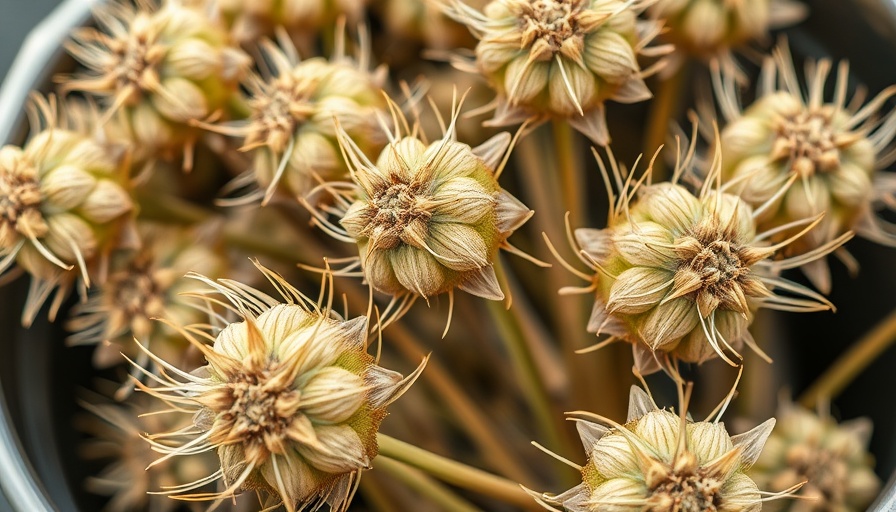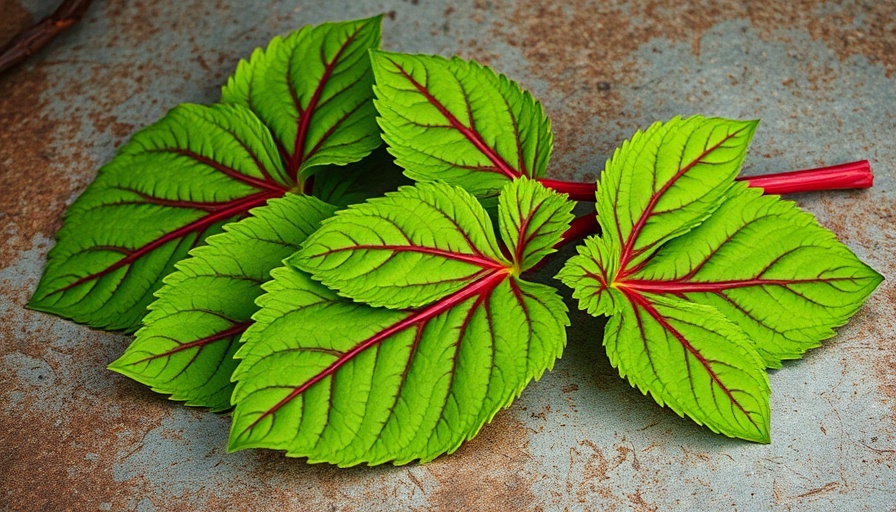
Seed Saving: A Timeless Practice Gaining Momentum
As the world increasingly turns towards sustainable practices, the ancient art of seed saving is finding renewed interest among gardeners. Besides being economical, this practice connects us deeply to the cycles of nature, offering a sense of ownership and pride in our gardens. With the rising costs of store-bought seeds and a growing awareness of food security, more enthusiasts are discovering the myriad of advantages that seed saving can bring.
Ecological and Monetary Benefits
One of the most significant benefits of seed saving is its potential for cost savings. While it's comforting to buy seeds from a garden center, the expense can add up quickly. By saving your seeds, you essentially enjoy free gardening resources each growing season. For those who engage in organic gardening, this is also a way to ensure that you’re cultivating plants that are well adapted to your unique climate and soil conditions. Generational seed saving leads to a stronger, more resilient strain of plants that thrives in their specific growing conditions.
Choosing the Right Plants for Your Garden
To successfully save seeds, it’s crucial to select heirloom or open-pollinated varieties. These types ensure that the seeds you save will retain the qualities of their parent plants. However, the art does require some foresight—plan your garden with future seed saving in mind. Stagger planting times or keep different species separate to minimize unintended hybridization. This diligence pays off in the long run, creating seeds that reflect the best traits of your chosen plants.
Harvesting Seeds with Care
A critical step in the seed saving process involves harvesting only from the best specimens. This not only ensures quality seed production but also enhances the next generation of plants. Growers are encouraged to identify the traits they value most, such as flavor, yield, and resilience, and focus on these when collecting seeds. Discarding weaker plants early in the growth process cultivates a stronger population and establishes a healthier seed bank.
Practical Insights for Seed Storage
Once harvested, proper seed storage is essential to maintain viability for the coming seasons. Each type of seed has unique needs; for instance, seeds from fleshy fruits like tomatoes require fermentation, while other seeds, like those from peppers, might need drying. Proper drying and storage in a cool, dark place will preserve your seeds until it's planting time again. Understanding these variations is key to becoming a successful seed saver.
A Community Driven by Plants
Beyond just personal satisfaction, seed saving fosters a sense of community among gardeners. Sharing harvested seeds can open doors for collaboration, local biodiversity, and even educational opportunities about cultivation practices. Community seed sharing events and workshops can help others learn about this rewarding practice while reinforcing connections within local gardening circles. Consider participating in your area’s seed swap events to exchange knowledge and seeds with fellow enthusiasts.
Inspiration from the Gardening Community
Many modern gardeners find themselves drawn into the world of seed saving as part of a larger movement towards self-sustainability and community resilience. This shift emphasizes the importance of understanding where our food comes from and participating actively in its lifecycle. By saving seeds, we not only empower ourselves but also contribute to the greater ecological balance by preserving diverse strains of plants.
In a time where convenience often trumps organic practices, embracing seed saving can reconnect us to the land and foster stronger community ties. Why not start your own seed saving journey today and enjoy the numerous benefits it offers for your garden and community? Join the wave of gardeners who are bringing this joyful practice back to life.
 Add Row
Add Row  Add
Add 




Write A Comment